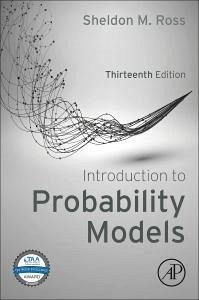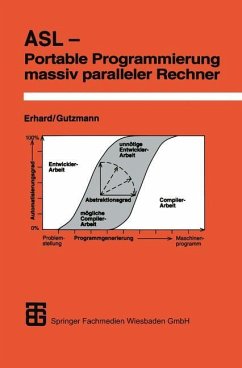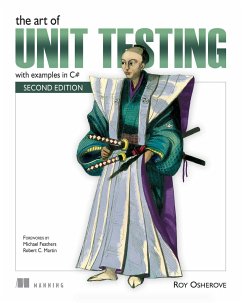
Erlang (Unit)
Versandkostenfrei!
Versandfertig in 6-10 Tagen
22,99 €
inkl. MwSt.

PAYBACK Punkte
11 °P sammeln!
The erlang (symbol E[1]) is a dimensionless unit (i.e., it labels a quantity that has no dimensions such as mass, length, or time) that is used in telephony as a statistical measure of offered load or carried load on service-providing elements such as telephone circuits or telephone switching equipment. It is named after the Danish telephone engineer A. K. Erlang, the originator of traffic engineering and queueing theory. When used to represent carried traffic, a value (which can be a non-integer such as 43.5) followed by erlangs represents the average number of concurrent calls carried by the...
The erlang (symbol E[1]) is a dimensionless unit (i.e., it labels a quantity that has no dimensions such as mass, length, or time) that is used in telephony as a statistical measure of offered load or carried load on service-providing elements such as telephone circuits or telephone switching equipment. It is named after the Danish telephone engineer A. K. Erlang, the originator of traffic engineering and queueing theory. When used to represent carried traffic, a value (which can be a non-integer such as 43.5) followed by erlangs represents the average number of concurrent calls carried by the circuits (or other service-providing elements), where that average is calculated over some reasonable period of time. The period over which the average is calculated is often one hour, but shorter periods (e.g., 15 minutes) may be used where it is known that there are short spurts of demand and a traffic measurement is desired that does not mask these spurts.












